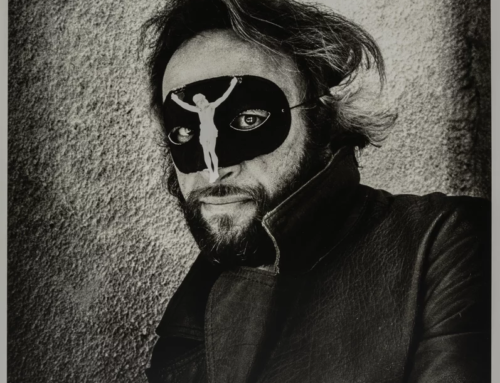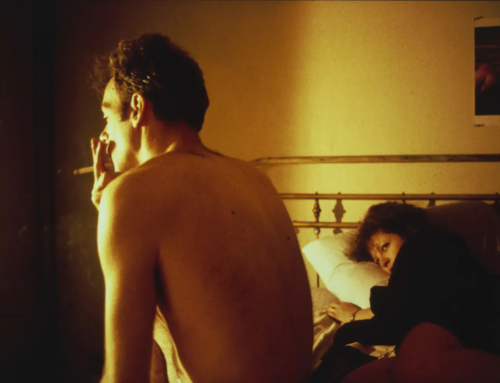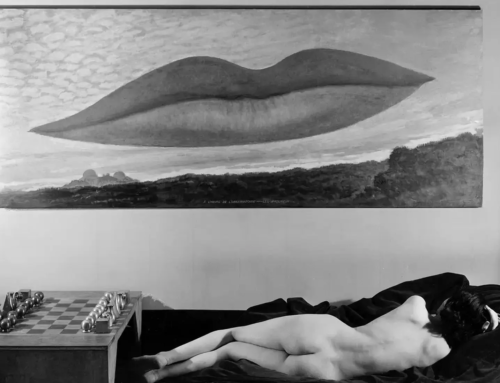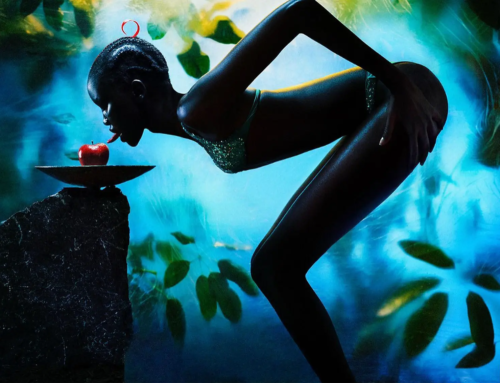The Geometry of Skin: A Guide to Fractal and Chaos Theory in Nude Art Photography
The human body, in all its complexity and beauty, is a marvel of natural design. While we often appreciate it through the lens of emotion or classical aesthetics, a deeper, more intricate order can be found through the perspectives of fractal geometry and chaos theory. These mathematical concepts reveal that the patterns of our own bodies echo the grand designs of coastlines, galaxies, and weather systems. This comprehensive blog post delves deep into how understanding and applying these ideas can lead to more compelling, intricate, and thought-provoking compositions, transforming your nude art photography into an exploration of the fundamental patterns of nature.
Beyond Euclid: A New Way of Seeing
For centuries, our understanding of beauty in the West was dominated by Euclidean geometry—the world of smooth lines, perfect circles, and predictable, idealized forms. This language was perfect for describing man-made objects but failed spectacularly at capturing the essence of the natural world. A cloud is not a sphere, a coastline is not a straight line, and a tree is not a cone. Nature is not smooth; it is rough, irregular, and complex.
The arrival of fractal geometry and chaos theory in the latter half of the 20th century provided a new mathematical language to describe this beautiful complexity. It represented a philosophical shift, arguing that the intricate “roughness” of nature was not a flaw to be smoothed over by art, but rather a profound and meaningful order in itself. For photographers of the human form, this shift is revolutionary. It allows us to see the body not as an imperfect approximation of a classical ideal, but as a perfect expression of a complex, natural, and fractal system.
The Geometry of Nature: Understanding Fractals and Chaos
To apply these concepts, we must first understand their language. They offer a new way of seeing the world, one that embraces roughness and unpredictability over smooth, idealized forms.
What is Fractal Geometry?
Fractal geometry, a field largely developed by mathematician Benoit Mandelbrot, is the study of patterns that are “self-similar”—meaning they repeat themselves at progressively smaller scales. Think of a tree: a large branch splits into smaller branches, which in turn split into even smaller branches, all following the same basic pattern. This is the essence of a fractal. Unlike the simple shapes of Euclidean geometry (circles, squares), fractals describe the irregular, complex, and infinitely detailed textures of the real world.

Benoit Mandelbrot
As the image of the human lungs demonstrates, our own biology is fundamentally fractal. The branching of airways is a perfect example of a space-filling, self-similar pattern designed for maximum efficiency—a principle we see repeated throughout nature, from river deltas to nervous systems.
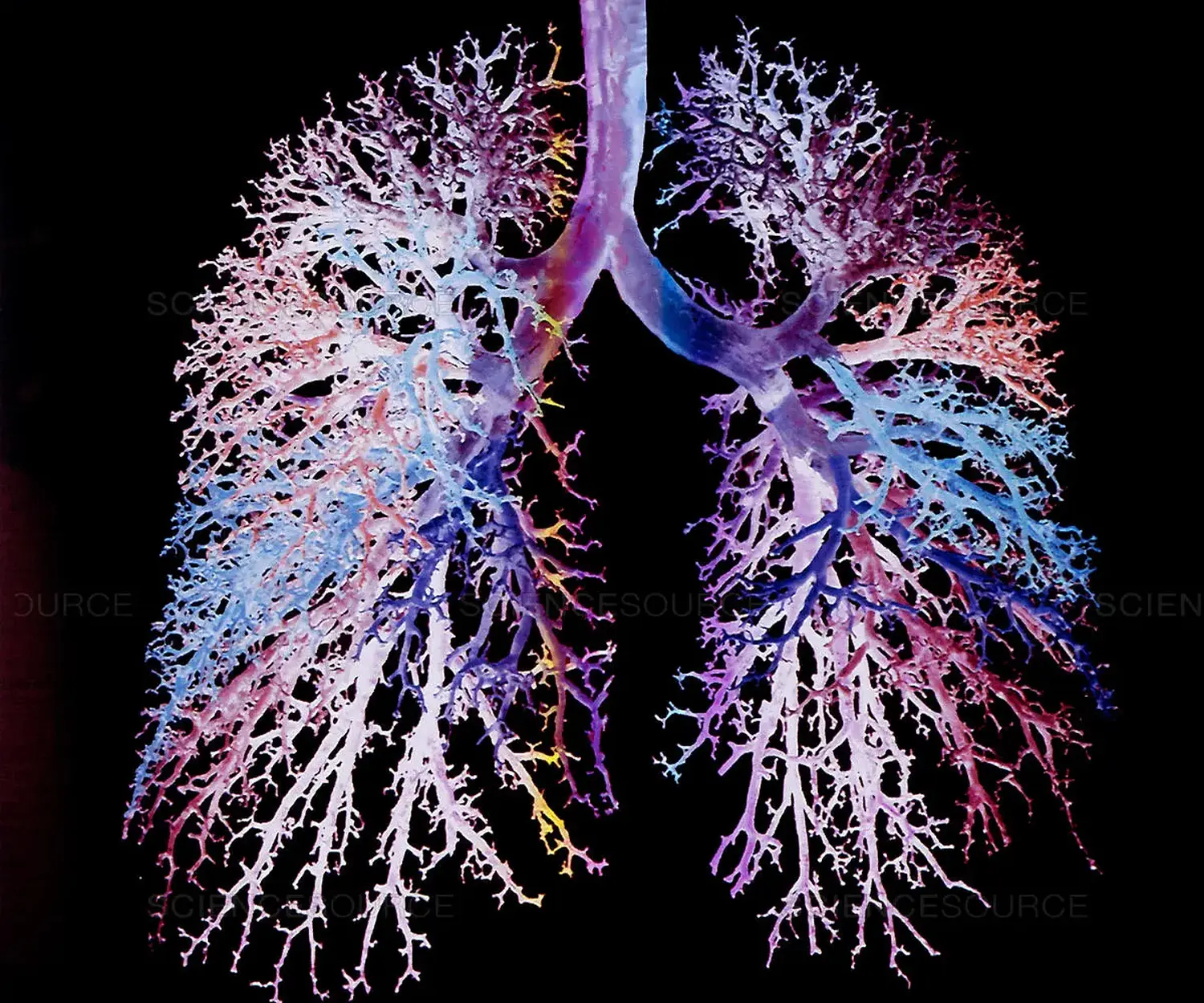
Lungs – An Example of Biological Fractals
What is Chaos Theory?
Closely related to fractals, chaos theory in art explores complex systems where small, seemingly insignificant changes can lead to dramatically different outcomes—a concept known as the “Butterfly Effect.” Chaos is not randomness; it is a deeper, unpredictable order. Within chaotic systems, beautiful, intricate patterns called “strange attractors” can emerge, revealing an underlying structure within the apparent disorder.
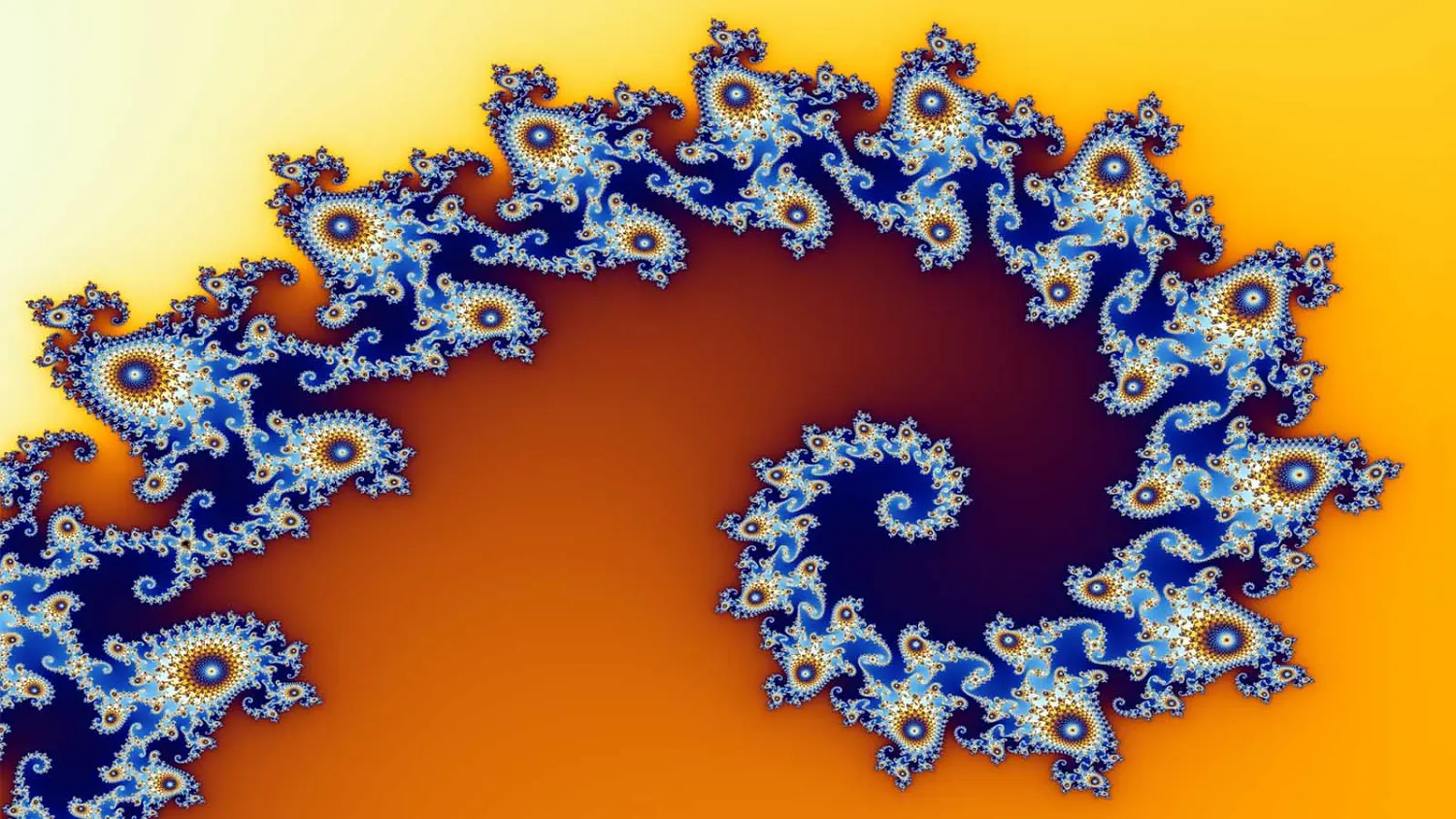
A Strange Attractor
The Body as a Fractal System: Finding Patterns Within
The most direct application of these ideas is to recognize that the human body is inherently fractal. A macro lens can reveal a universe of self-similar patterns. In Burak Bulut Yıldırım’s “Dress Code: Light,” the close-up on the model’s back highlights the fine lines of the skin, the subtle branching of veins beneath the surface, and the texture of the muscles. These are not smooth, idealized surfaces; they are complex, organic landscapes that invite closer inspection, revealing more detail the nearer we look—the very definition of a fractal experience.

Dress Code: Light by Burak Bulut Yıldırım
Fractal Composition Techniques in Nude Photography
Beyond observing natural fractals, photographers can actively construct them through composition, lighting, and post-processing, turning the body into a canvas for mathematical beauty.
Creating Fractals with Texture and Repetition
Photographers can create fractal-like complexity by adding layers of texture. In Olivier Valsecchi’s work, the body is covered in fine dust. As it dries and cracks, it forms a network of patterns that mimic cracked earth or river deltas. This added layer of texture is self-similar at different scales, transforming the human form into a complex, fractal landscape and creating a powerful visual metaphor for the connection between our bodies and the earth.

Olivier Valsecchi
Constructed Fractals: The Kaleidoscopic Nude
The principle of self-similarity can be created through repetition and symmetry. Erwin Blumenfeld was a master of this, using mirrors and darkroom techniques to create kaleidoscopic nudes. By reflecting and repeating segments of the body, he builds a complex, mandala-like pattern from a simple form. The resulting image is a perfect artistic fractal, where the whole is made of repeating, similar parts, drawing the viewer into a mesmerizing, infinite pattern.

Erwin Blumenfeld
Darkroom vs. Digital: Two Paths to Complexity
The surrealist composites of Jerry Uelsmann, created through meticulous analog darkroom work, demonstrate an early form of constructed complexity. He layered and repeated natural forms to build dreamlike images. Today, digital manipulation offers a more direct path. Jack Mitchell’s multiple exposure portrait of a dancer, achievable in-camera or digitally, creates a fractal-like sequence of movement, with larger gestures containing smaller ones in a beautiful, flowing pattern.

Jerry Uelsmann

Jack Mitchell
Fractal Projections and Lighting
Lighting is a powerful tool for imposing mathematical patterns onto the body. By using a projector or a gobo with a fractal design, a photographer can cast intricate patterns of light and shadow onto the human form. In Burak Bulut Yıldırım’s “Mad Patterns,” the projected geometric shapes interact with the body’s organic curves, creating a stunning synthesis of mathematical order and natural form. The body becomes a three-dimensional canvas, and the light becomes a complex, structured medium that redefines its contours.

Mad Patterns by Burak Bulut Yıldırım
Harnessing Chaos: Embracing Unpredictability and Emergent Patterns
While photography is often about control, chaos theory invites us to embrace unpredictability and discover the beauty in emergent, unplanned patterns.
The Butterfly Effect in Posing
Chaos theory’s most famous concept is that small changes in initial conditions can lead to vastly different outcomes. A photographer can explore this by creating a series of images with minute variations. Guido Argentini’s work often showcases this principle. In the series below, a slight shift in a hand gesture, the tilt of the head, or the tension in the muscles results in a completely different emotional tone and compositional balance. The first image may feel aggressive, while the second feels graceful. This demonstrates a chaotic system’s sensitivity and the profound impact of small directorial details.

Guido Argentini – Variation 1

Guido Argentini – Variation 2
Capturing Spontaneous Movement
Instead of static poses, a photographer can direct a model to move freely and use a fast shutter speed or strobe to capture unpredictable, chaotic moments. In “Red Desert,” the explosive movement of the dancer and the flying dust is a chaotic system frozen in time. The resulting image is full of energy and a sense of beautiful disorder that could never be precisely planned or replicated. It is a celebration of the unpredictable beauty that emerges from chaos.

Red Desert by Burak Bulut Yıldırım
The Viewer’s Brain: The Neuroaesthetics of Fractals
Why are we so drawn to these complex patterns? The answer lies in neuroscience. The field of neuroaesthetics has discovered that the human brain is hardwired to appreciate fractals. This concept, known as “Fractal Fluency,” suggests that our visual system has evolved to efficiently process the fractal patterns that are ubiquitous in nature. Because the brain can process these patterns with relative ease, it experiences this fluency as a feeling of pleasure and aesthetic satisfaction. When we create fractal compositions in nude photography, we are not just making a visually complex image; we are tapping into a deep-seated neurological preference, creating art that the human brain is literally built to enjoy.
Case Study: The Chaotic Nudes of Lucien Clergue
French photographer Lucien Clergue was a master at blending the human form with the chaotic elements of nature. His famous “Nudes on the Beach” series places bodies in the tumultuous environment of the sea and sand. He intuitively understood that the human form could act as a point of order within a chaotic system. In his images, the unpredictable play of light on water, the organic patterns left by the receding tide, and the way waves distort the reflection of the body all introduce chaotic elements. His work reveals the beautiful, emergent patterns that arise when the ordered human form interacts with a complex, dynamic system like the Mediterranean coast.

Lucien Clergue

Lucien Clergue
Conclusion: A New Lens on the Human Form
Incorporating concepts from fractal geometry and chaos theory into nude art photography offers a profound shift in perspective. It encourages us to move beyond idealized smoothness and embrace the intricate, complex, and sometimes chaotic beauty inherent in the human form. By recognizing and creating these mathematical patterns, photographers can produce works that are not only visually stunning but also intellectually engaging. This approach reveals the deep connection between our own bodies and the fundamental structures of the universe, turning a simple photograph into a meditation on the very nature of complexity, order, and life itself.
The Artist’s Perspective: In his nude art photography workshops in Berlin, award-winning photographer Burak Bulut Yıldırım often explores these mathematical and scientific approaches to composition. With nearly two decades of experience, he emphasizes how understanding these underlying patterns can help photographers create more dynamic and visually complex images.
Limited edition works by Burak Bulut Yıldırım are available for collectors on respected platforms such as Saatchi Art and Artsper. You can also explore his portfolio of contemporary projects at burakbulut.org.
To learn more about incorporating these concepts into your work or to join a workshop that delves into these innovative approaches, connect with us on Instagram or email hello@nudeartworkshops.com.

